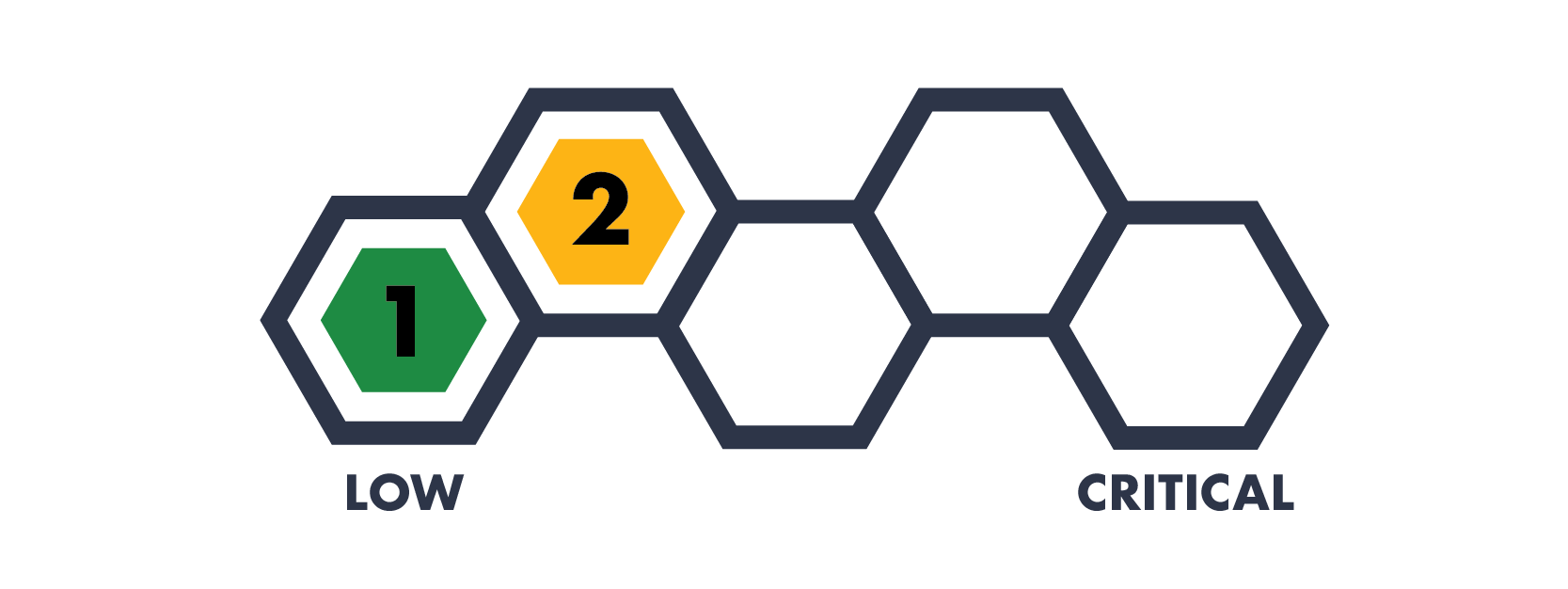The Availability of the Internet Rests on the Bottom of the Ocean
Category
News
Risk Level
Earlier this month, an undersea cable was cut near Yemen when a boat anchor dragged across the cable. As a result, the Internet went out for nearly all of Yemen’s 28 million citizens.
“Hold up. An undersea cable...for the Internet”
You’ve probably never stopped to consider how you can access information in another country. Maybe you thought satellites took care of it, or birds flew across the ocean holding USB drives in their claws. While satellite internet may become a thing in the near future, the tried and true method of connecting two IT devices with a cable is still the best way. Think about your Internet speeds on your computer over Wi-Fi vs when you’re plugged into the wall with a cord. Plugging in is still much faster.
As a result, hundreds of cables span the oceans across the world. Ships with huge reels of Internet cable slowly lower them into the ocean as they sail along; making sure to bury it when it’s near the shore to limit the chances of a problem. Unfortunately in the case of Yemen, the ship anchored further out to sea and accidentally found a cable.
To appreciate the scope of undersea cables, explore this map and see how many cables connect the United States to the rest of the world. While you’re at it, be sure to check out some of the places they make landfall. A major landing point for the United States is in Virginia Beach, Virginia, near our home of Richmond!
“So what does this have to do with cybersecurity?”
You may remember the core areas that cybersecurity aims to protect: confidentiality, integrity, and availability. However that last one, availability, is often overlooked.
When people think about cybersecurity, they usually think about keeping their information secure and protecting it from being changed in any way. But if you were to take a paper based process that was critical, and then digitized it onto computers, that process would still be critical. More importantly, if it wasn’t available, it could cause serious damage. For example, hospitals used to have paper based charts attached to clipboards at the ends of the beds. Today, those charts are digital. If the charts suddenly aren’t available, it could seriously impact the outcome of a patient’s healthcare.
“Should I worry about the United States losing the Internet then?”
In short, no. Most of the Internet websites you access are probably located within the United States. As you can see on that map, we also have many undersea cables that connect the United States with the rest of the world. In Yemen’s case, they don’t have the same level of redundancy as the United States. Redundancy is the key to availability.
One of the best ways to ensure your organization maintains the availability of its IT based processes is with the cloud. The cloud of course brings its own set of challenges, but the ability to have unmatched availability is key. In addition, understanding where you are responsible for securing your organization’s information, and where the cloud provider is responsible falls on developing and understanding your security controls. Our team has the expertise to be able to help navigate moving to the cloud and keeping your IT based processes moving smoothly and securely, so let’s talk.




